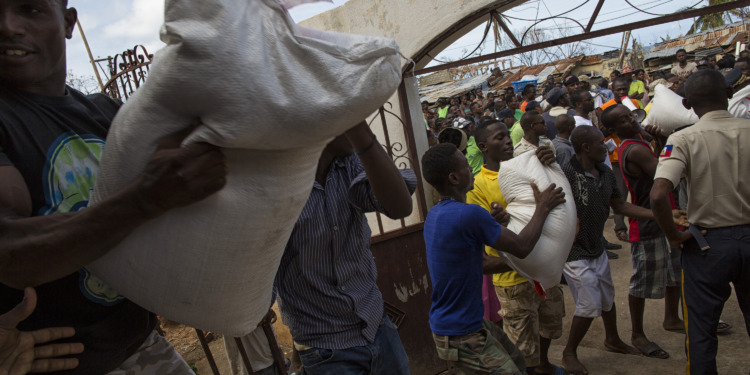When it comes to extreme natural events, the local context plays a pivotal role in understanding and effectively managing disaster risks. Disasters often originate at the local level and can have profound consequences that reverberate beyond the immediate community, having an impact on national and even global scales.
The importance of recognizing this interconnectedness was highlighted in a special report issued by the IPCC in 2012 which stated:
“Disasters occur first at the local level and affect local people. These localized impacts can then cascade to have national and international ramifications. As a result, the responsibility for managing such risks requires the linkage of local, national, and global scales.”
While global negotiations and national institutions play a crucial role in implementing top-down strategies, it is at the local level where the spirit of resilience and community action truly shines.
In recent years, the extreme natural disasters that have occurred have awakened the spirit of many citizens who have stepped forward to respond courageously to climate emergencies.
Some of these local and voluntary takeovers are proof of how local communities’ actions play a major role in responding to climate emergencies, alongside those of national governments.
For example, in both 2018 and 2019, the southern Indian state of Kerala faced unprecedented floods which left a trail of destruction in their wake. However, amidst the deluge, the strength of local communities shone brightly.
Residents formed human chains to rescue fishermen from the sea; thousands of volunteers showed up to provide physical and emotional support. Schools, temples and community centres were transformed into makeshift shelters, offering solace and support to those who had lost their homes. Many fundraising projects have helped raise money and showcased the resilience and unwavering spirit of Kerala’s communities.
Related Articles: Food Banks: An Unsung Hero of Climate Action | Earthquake: Wrong Aid Comes to Syria | When Disaster Strikes Poor Communities: How the Private Sector Can Help | Cities and Climate Emergency Finance: What to Expect From This Year’s ‘Daring Cities’ Forum
Furthermore, during the devastating bushfire season that unfolded in Australia from late 2019 to early 2020, local communities bravely emerged. Residents and community organizations swiftly mobilized, providing critical emergency support to affected individuals and wildlife. According to Volunteering Australia, more than 400,000 people have volunteered in recent years in emergency response to the disastrous events such as flooding, fires and the COVID-19 pandemic.
The latest climate emergency in the Northern region of Italy has also shown a quick and ready civic response to the crisis. A code red weather alert has been issued in the provinces of Emilia Romagna and Marche since the beginning of May. More than 20 rivers have flooded, and it’s estimated that over 36,000 people have had to leave their homes and 15 have been killed.
Nevertheless, people’s spirits were not totally overwhelmed by the events. Thousands of volunteers came forward to shovel, rescue and bring hope. The so-called “angels of the mud” are yet another demonstration of the centrality of community action.
It is within local communities that the true impact of disasters is acutely felt, underscoring the need to prioritize their perspectives and needs.
Understanding this is essential for effective disaster risk management and developing context-specific strategies that bolster resilience and minimize the impacts of future climate extremes.
By recognizing the resourcefulness and courage exhibited by local communities, governments and institutions can harness their potential and foster collaboration across scales.
Ultimately, by embracing local perspectives, we can forge a path towards a more resilient and sustainable future.
Editor’s Note: The opinions expressed here by the authors are their own, not those of Impakter.com — In the Featured Photo: Haitian authorities oversee the division of food supplies around the city. After a week since the class four hurricane Matthew passed over Haiti, international aid organizations, Haitian government agencies and residents alike work to repair the massive damage to the western town of Jeremie, Tuesday, October 11, 2016. Featured Photo Credit: Logan Abassi UN/MINUSTAH









